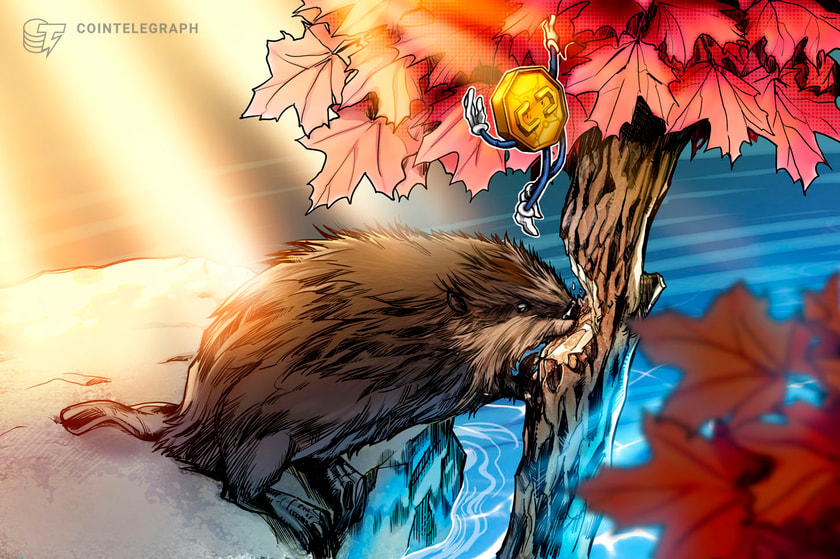NFT index grades the trading performance of collectors’ wallets
The team said that the new tool has the potential to help lenders easily evaluate and determine if they should lend to a wallet.
52 Total views
1 Total shares

Own this piece of history
Collect this article as an NFT
As trading becomes increasingly difficult during the bear market, a nonfungible token (NFT) platform aims to lighten the load on traders and help them get a closer look at the strategies of successful collectors.
In an announcement sent to Cointelegraph, NFT platform Upshot said that it launched Upshot GMI, a tool that scores and classifies wallets based on their NFT trading performance. Taking inspiration from the crypto slang WAGMI, GMI stands for “gonna make it,” as it analyzes which wallets are, in essence, going to make it based on data available on the blockchain.
According to Upshot CEO Nick Emmons, the index analyzes wallets by considering their realized and unrealized gains, number of transactions, volume, NFTs and premium NFTs held, and the age of the wallet. He explained that:
“We’re keeping a close eye on the NFT wallets that are most active across the community to analyze the trends and get a clear snapshot of who is winning and losing.”
The team claimed that the new feature could help traders see which wallets to mimic in terms of trading strategies. In addition, the team also highlighted that the tool could potentially help lenders evaluate and determine if they should lend to a specific wallet address.

Related: NFT Steez and Lukso co-founder examine the implications of digital self-sovereignty in Web3
Meanwhile, as the metaverse continues to get developed, touch and smell seem to be the next big thing integrated into virtual reality (VR). At the Consumer Electronics Show (CES) 2023, various metaverse-focused firms showcased their new products that add new features that tap into the sense of smell and touch to the VR experience.
In other news, as the crypto winter continues, NFT marketplace SuperRare announced a layoff, cutting 30% of its staff. The firm’s CEO John Crain explained that the firm has over-hired in the previous bull run.









